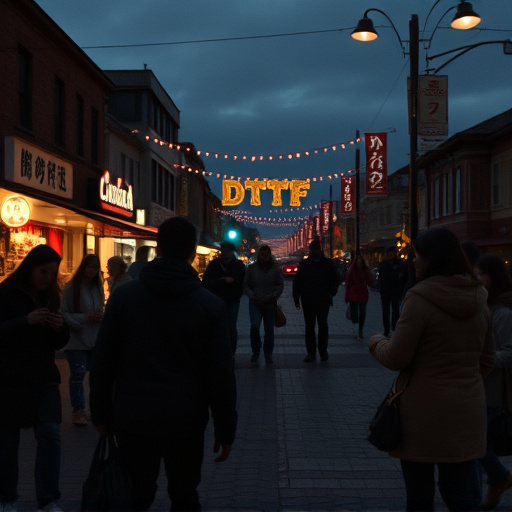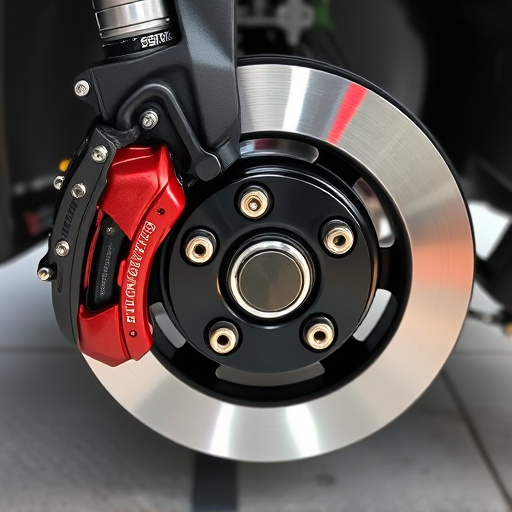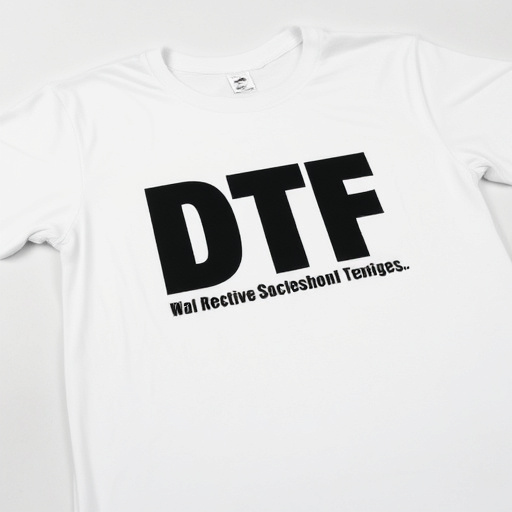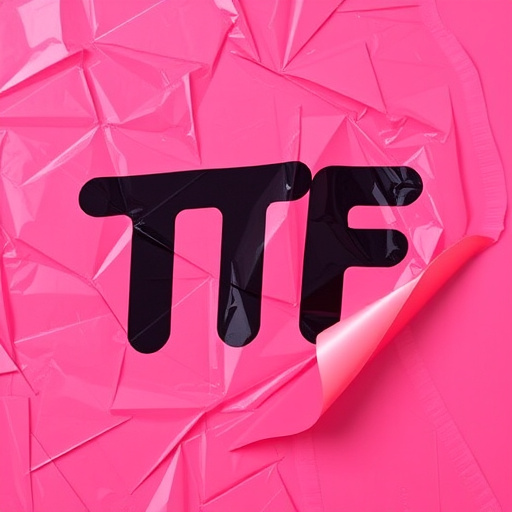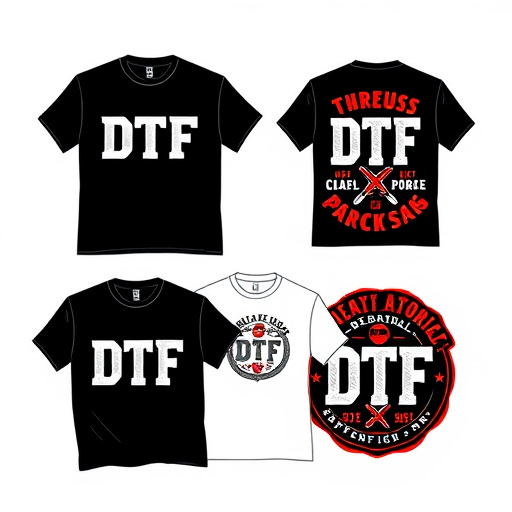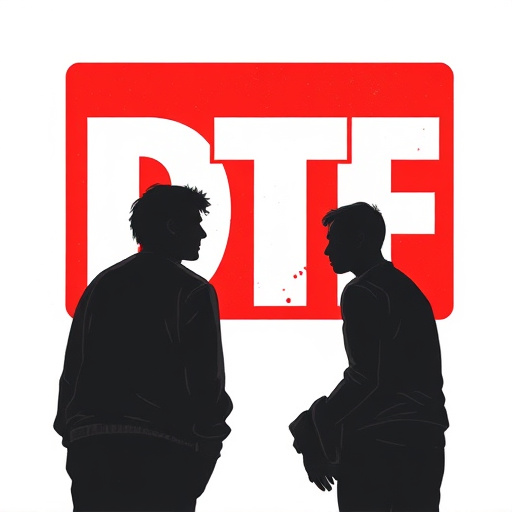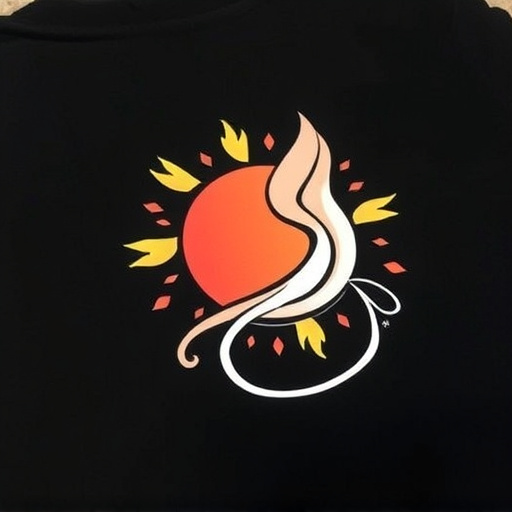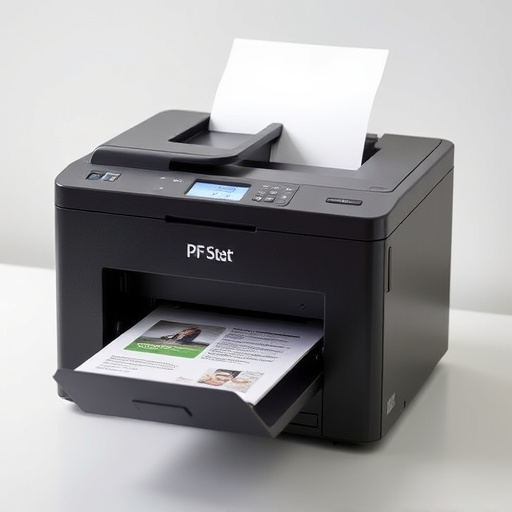Direct to Film (DTF) Printing revolutionizes filmmaking and apparel production with direct ink application on film/fabric, offering cost savings, fast turnaround times, vibrant colors, and sharp details. Ideal for time-sensitive projects, DTF printing caters to diverse needs: flexible films for outdoor durability and rigid films for high-resolution precision. Curing processes vary by film type; understanding these differences ensures optimal results based on intended use, enhancing the quality and longevity of final products.
Direct to film printing has revolutionized the way we approach photo printing, offering unparalleled quality and versatility. This article delves into the heart of this innovative process and explores the various film types employed in direct to film printing projects. From traditional emulsions to cutting-edge digital films, each option presents unique benefits and considerations. By understanding these film types, you’ll be equipped to make informed decisions for your next print project, ensuring optimal results every time.
- What is Direct to Film Printing?
- Types of Films Used in Direct to Film Printing
- Benefits and Considerations for Different Film Types
What is Direct to Film Printing?

Direct to Film (DTF) Printing is a cutting-edge technique that has revolutionized the way films are produced and printed. Unlike traditional methods that involve intermediate stages, DTF printing allows for the direct application of ink onto film media. This innovative process eliminates the need for separate plates or masks, streamlining the production line and significantly reducing turnaround time.
One of the key advantages of Direct to Film Printing is its cost-effectiveness. By minimizing the number of steps involved, DTF offers faster production speeds and lower material costs compared to conventional methods. Moreover, it ensures exceptional print quality with vibrant colors and sharp details, making it a preferred choice for projects demanding high-impact visuals. Additionally, the ability to achieve fast delivery times makes DTF printing an attractive option for time-sensitive film printing projects.
Types of Films Used in Direct to Film Printing
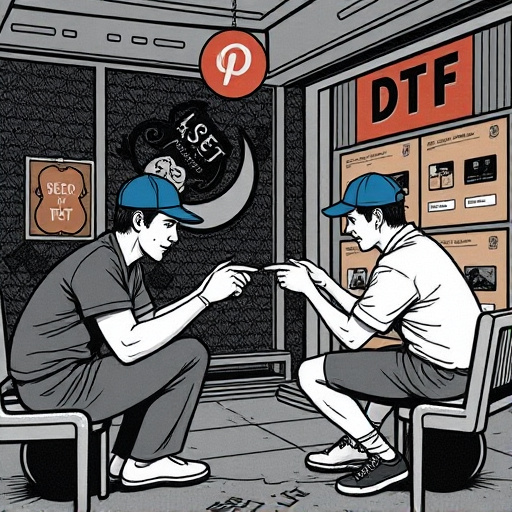
Direct to Film (DTF) printing has revolutionized the way custom apparel is produced, offering a fast and efficient method for creating dtf printed shirts. This technology directly applies ink onto fabric using specialized printers, eliminating the need for intermediate steps. The primary types of films used in DTF printing are designed to enhance both quality and durability.
Polyester film is a popular choice due to its versatility and resistance to fading, making it ideal for ensuring long-lasting dtf fast delivery. On the other hand, vinyl films offer exceptional vibrancy and contrast in prints, resulting in visually stunning designs. Each type of film has unique characteristics that cater to different aesthetic preferences and application requirements, contributing to the overall quality and dtf durability of the final product.
Benefits and Considerations for Different Film Types
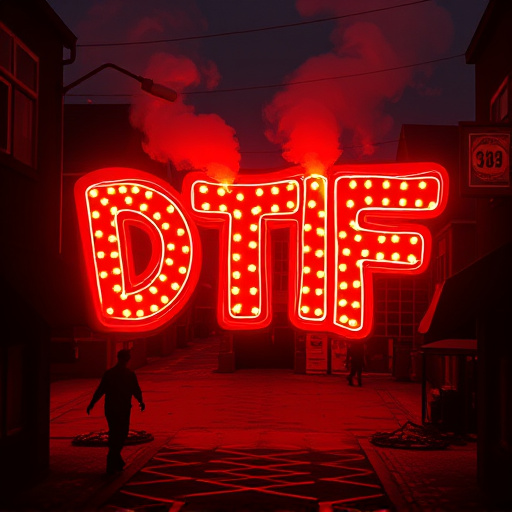
When choosing film types for Direct to Film (DTF) printing projects, understanding their unique benefits and considerations is key. Each film stock offers distinct advantages tailored to specific print requirements. For instance, flexible films excel in DTF applications due to their ability to conform to curved surfaces, enhancing durability and making them ideal for outdoor signage or vehicle wraps where resistance to environmental factors is crucial.
On the other hand, rigid films provide superior image quality and precision for detailed designs. They are preferred in high-resolution printing for fine art or architectural renderings, ensuring minimal distortion. The dtf curing process varies based on film type; flexible films often require a more controlled environment during curing to maintain their integrity, while rigid films might benefit from faster curing times due to their thicker structure. Meeting the appropriate dtf design requirements and understanding the intended use will ensure the best outcome for each project, leveraging the specific strengths of different film types.
Direct to film printing offers a versatile and high-quality method for creating prints, catering to various artistic and commercial needs. By understanding the types of films available and their unique properties, printers can make informed decisions to achieve exceptional results. Each film type brings its own advantages and considerations, from durability and color accuracy to versatility and cost-effectiveness. Exploring these options ensures that projects, whether fine art or commercial, can find the perfect match, ultimately enhancing the final printed output.


